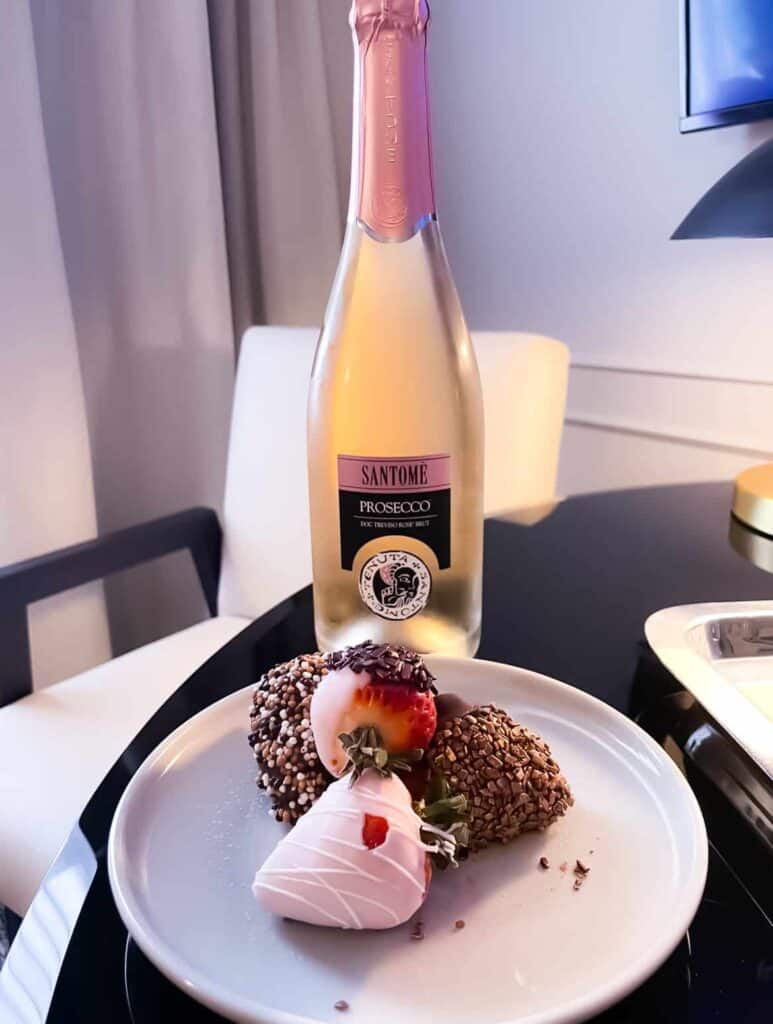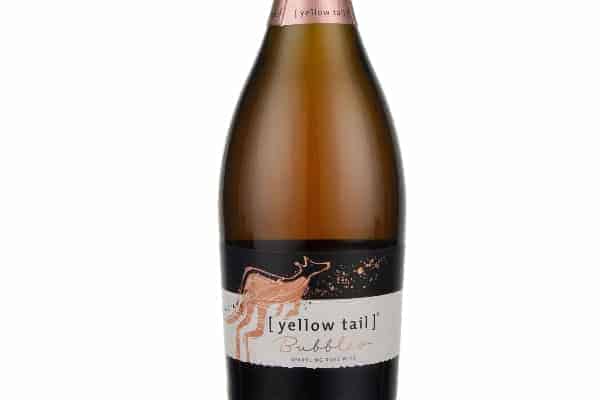
Birthdays are the perfect reasons to pop open a bottle of bubbly to celebrate. So when it came time to celebrate a friend’s milestone birthday, I was determined to pick the perfect bottle of bubbly. With so many choices and varieties available, how do you know what to get if you want to make a lasting impression?
The way I see it, there are two safe choices: going with something classic or going with something new. In this case, I opted to go for something new, which was Rosé Prosecco. While Prosecco itself has been around since the 1700s, Rosé Prosecco first launched on the market in 2020. Why it took so long to be developed is a bit of a mystery. But what is known are the specific regulations that must be followed in order to produce it.
In Italy, there is an organization called the Denominazione di Origine Controllata (DOC or destination of controlled origin). This organization regulates Prosecco products, and all Prosecco produced under the DOC label are of the second-highest quality—the DOCG being the highest. Let’s take a look at what some of the rules are for producing the new found Rosé Prosecco.
Regular Prosecco is made with the white Glera grape. Rosé Prosecco must be made of the same Glera grape and the Pinot Noir grape. But the amount of Pinot Noir must fall between 10–15 per cent of the batch. Rosé Prosecco must also undergo a second fermentation process, for a minimum of 60 days, in order to keep its fizz-like composition. Still or flat versions are not allowed to be produced under the DOC label. The word Millesimato (85 per cent of the grapes used are from the year of the vintage) must be on the label, along with the year of the vintage.The colour must be a bright pink, with persistent foam.
Based on these regulations, you could almost say that Rosé Prosecco production is a perfect science.
The bottle that I got my hands on is called Santomè Prosecco Rosé Brut. This batch comprises 90 per cent Glera grapes and 10 per cent Pinot Noir grapes. The grapes for this brand are grown in the northern Italian region of Trevino. For the rosé blend, there is a special section of 27 hectares on a small picturesque island called the Grave di Papadopoli, which sits in the middle of by the Piave River. The soil on this island is apparently ideal for enhancing the main attributes of Prosecco—scent, freshness and a balanced taste.
Now, time to taste this new pretty-looking Prosecco. Of course, I let my friend have the honours of having the first few sips. She described it as being very fruity, light and lovely. Then she downed the rest of the glass and moved on to a second one (always a good sign). My palate is a bit more sophisticated and this is how it tasted to me: when you first taste it, there are sweet hints of raspberries and strawberries. The bubbles are not overpowering and, therefore, the taste of the fizz is light. The finishing notes taste like roses, with slight honey accents. Overall, the taste is well-balanced, crisp and fresh. In our case, it paired very well with chocolate-dipped strawberries. Very happy with how this new discovery turned out and would highly recommend it to any Prosecco lover.




